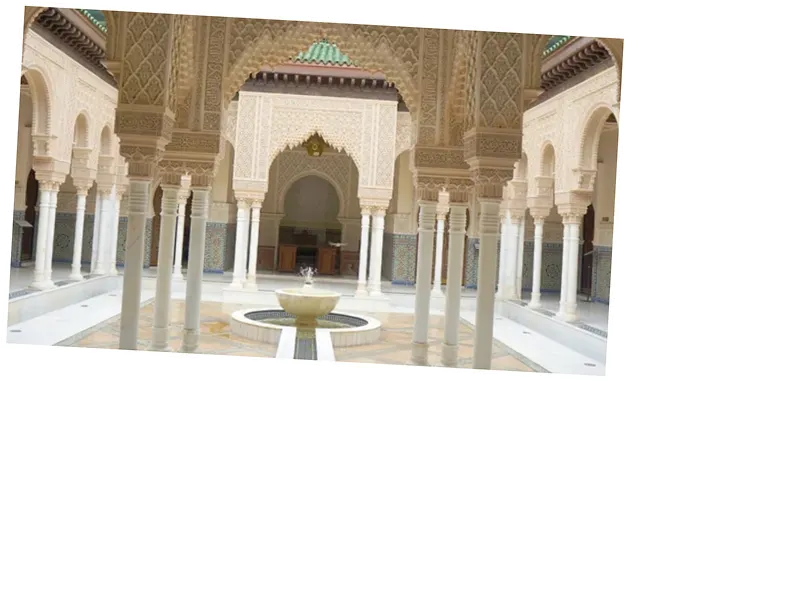Innovations in Ancient Cooling Techniques
Before the advent of modern air conditioning, ancient civilizations developed remarkable methods to combat extreme heat. From the Egyptians to the Arabs, architectural and personal innovations were designed to create comfortable living spaces without the luxury of electricity. Techniques such as using natural ventilation through strategically placed windows and doors allowed for a decrease in indoor temperatures. Researchers like Dr. Saer Basma Ji highlight how these societies utilized materials like rocks, wood, and clay to insulate their homes, while also employing methods like hanging wet mats to cool indoor air through evaporation.
Reviving Ancient Wisdom for Modern Solutions
As global temperatures rise and energy consumption increases, modern architects and urban planners are looking back to these ancient methods for inspiration. The use of wind towers, or 'malqaf', is being reintroduced in contemporary designs to enhance airflow and reduce reliance on energy-consuming air conditioning units. By integrating elements like thick walls made from insulating materials, reflective surfaces, and strategic landscaping, today's buildings can achieve cooler indoor climates while minimizing environmental impact. This revival not only honors historical ingenuity but also addresses the pressing challenges of climate change.
- In ancient times, the Arabs classified summer heat into three categories: heat with poison, heat with dryness, and heat with humidity. They developed various architectural features to mitigate these extreme conditions, such as jali boards that allowed for light and air entry while cooling down the atmosphere. Ordinary families relied on simpler methods, like wet mats made of plant fibers, to maintain comfort during hot months. The resurgence of interest in these techniques is evident in modern architecture. For instance, the implementation of radiant cooling systems and the revival of step wells for water storage and temperature control are becoming increasingly common. Such ancient techniques are not only sustainable but also offer cost-effective solutions to today's energy challenges.





